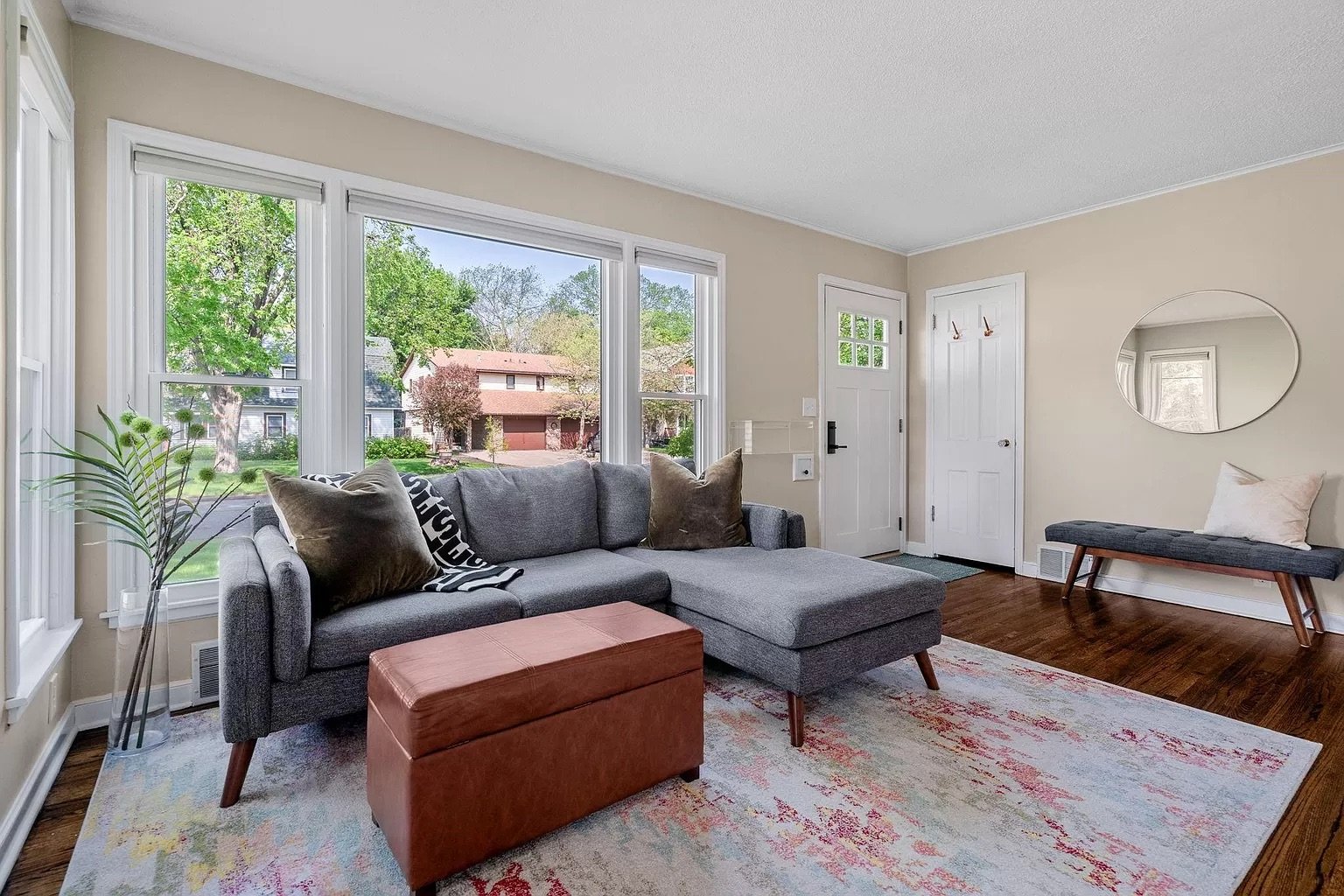5 Things you Need to Know When Remodeling a Home
WHAT TO EXPECT DURING A HOME RENOVATION
Depending on what you are hiring out for, your home renovation can greatly impact your scope of work. By being proactive with both your time and your budget, it will help reduce any tension as hiccups arise. I personally have become a bit of a procrastinator and take it from me, it doesn’t work in the end. It pays to book work in advance. Get quotes from multiple contractors. Order materials upfront. The list goes on! Whether you have a General Contractor managing everything for you or you plan on sub-contracting everything out on your own, here are 5 tips to keep in mind.
1
IT PAYS TO HAVE YOUR DUCT WORK CLEANED OUT
Your duct work is going to be filthy after a renovation project. No matter if you’re drywalling, sanding floors, or a number of other projects, debris will end up in your duct work. It’s fairly inexpensive to get your duct work cleaned out, so be sure to add it to your list of to dos and budget. I highly recommend you leave it until the end of your project to ensure all work has been completed prior to paying someone to clean them out.
2
PROTECT YOUR CARPET DURING A REMODEL
No matter how many times you remind the contractors to put down plastic and not dirty up the carpet, 9 times out of 10 the plastic will rip and the contractors will focus on finishing the job vs. laying down new protective plastic sheets.
Plan to either hire out a carpet cleaning company or rent a carpet cleaner to wash, steam, and clean your carpets. Dust, dirt, and a number of other items will settle into the fabrics and will need some help getting removed. Be sure to get after any stains ASAP, while leaving the rest of the cleaning until the very last inspector is gone.
3
DOUBLE YOUR TIMELINE EXPECTATIONS
Always, and I mean ALWAYS, pad each of your contractors timelines. If they tell you their portion of the project is going to take 5 days, mentally plan for 10. The construction business faces their own delays with other projects, which causes contractors to have to troubleshoot, reschedule, etc.
By doubling your timeline expectations, it will help with project management and reduce frustrating delays. In the past I used to plan for a 20-25% buffer, but I’ve found through trial and error that is not enough. Whether something wrong is found with the home that needs to be corrected, or a contractor doesn’t show one day, you always want to prepare appropriately so that you aren’t pushing the contractors craftsmanship and quality of work at the end of the day AND so that you aren’t having to find temporary housing!
Lastly, when ordering materials, do it in advance! Quite often you don’t plan for material shortages and shipping delays, but it happens! By ordering things up front you will have correct measurements and be able to see all the finishes in person to coordinate finishing touches.
4
PLAN FOR A BUFFER TO YOUR BUDGET
Unfortunately, when you are taking on large renovations, more times than not you are going to come up against an unplanned obstacle. Whether it be old electrical like my home, load baring beams, unsalvageable floors, or any other number of things, you should expect for a bit of a hiccup in your budget. That’s why I always like to add in about a 30% cushion. You ultimately are in charge of making the final call on any home improvement decisions, so whether you stay within your budget or not is up to you. Just be sure you plan for a buffer.
5
ALWAYS DO A FINAL WALKTHROUGH
Be sure to do a final walkthrough after each contractor finishes up their portion of renovations. Another set of eyes on work completed is always important. You never want to start the next job and pay for the contractor’s services until after you’ve done a final walkthrough to check the quality of their work.
Take for instance my sunroom, after the hardwood floors were completed and I was being asked to pay, I did a walkthrough to look under each radiator, every closet, and checked the consistency of the floors with a pair of socks on. When I went into the sunroom I noticed a noticeable difference in the staining next to the radiator that went from one side of the room to the other. Thankfully we were able to correct the issue quite easily, but I would have questioned whether he would have come back to fix the variance if I had paid him in advance. Just do yourself a favor and do a walkthrough.
If you’re looking to get started on renovations of your own, check out my blog post on where to start when renovating a home. It outlines the order of operations when you’re thinking through skill trade, and will be super helpful as you manage each of the crews and stages.
Good luck!
Jen
















This playbook is designed to provide you with valuable insights, practical tips, and essential elements to consider when drafting leases. From helpful rental terms to property maintenance responsibilities, we'll cover it all!